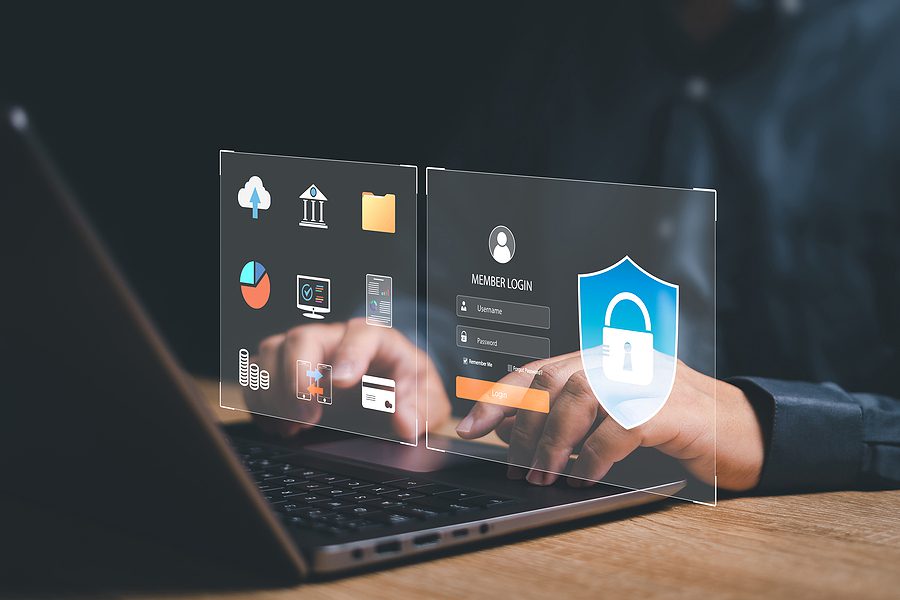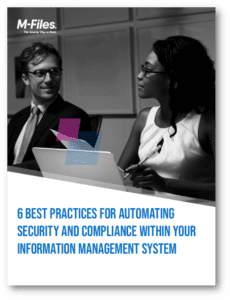It seems like every day brings news of another company, hospital, school, or government agency that has been hacked. Data is held for ransom, sensitive information stolen, and crucial systems broken. Clearly, security needs to be a priority for any company. But too often, decision makers approach security in the wrong way. What if you made security a priority through a business lens?

A Business Lens on Security
If your strategic decisions surrounding security are based on fear or purchasing the latest technology just because it’s new, you aren’t taking a business approach to security. Instead, when shaping your security strategy, it’s important to take a step back and analyze risks and rewards—just like you would with any other business decision.
In the first place, you’ll need to evaluate the strength of your technological systems as a whole. You won’t build a secure infrastructure by merely adding on security measures to a system that wasn’t built to withstand modern hacking attempts. You may need to replace your security or document management system entirely in order to create a truly secure system. This investment will result in a great reduction of risk.
Another item to consider is which parts of your business have the most sensitive information or are the most vulnerable to attack. Focus your efforts and your money there. By focusing first on the most important places to secure, you’re making a savvy business decision and mitigating as much risk as possible as quickly as possible.
Strategic Questions to Ask
To make security a business priority, you’ll need executive input and involvement. Remember, security decisions should be strategic decisions. As you’re evaluating your security from a business standpoint, consider the following questions:
- What parts of our technology infrastructure house the most sensitive information? What sort of attack would hurt our customers and/or our business the most?
- Are our current security measures worth the investment? Are they adequate for our needs?
- What are our detailed plans in case of different kinds of attacks?
These questions can guide security decisions from a more strategic lens.
How Document Management Can Help
If you’ve asked the questions above and come to the conclusion that your company doesn’t have enough—or the right kind of—security measures, consider investing in a document management system like M-Files.
M-Files provides a host of security benefits across your business. Here are some of the most important security features of the software:
- Automated access and workflows: With M-Files, you can automate access so that each employee is given a specific role and corresponding access rights to particular documents. When the employee’s role changes, so do their permissions. In addition, M-Files can automate particular workflows, greatly reducing the risk of human error (for example, sending an email with an attachment to the wrong person).
- Secure external collaboration: Through client portals, extranets, and collaborative capabilities, M-Files can minimize the risk of external collaboration on a document.
- Data integrity: By maintaining one authoritative version of a document, M-Files eliminates the need for constantly sharing various updates of a document around your company. In addition, strict version control means you can easily revert back to a previous version of a document. This version control also comes in handy for compliance purposes.
Make Security a Business Priority with M-Files
If you’re serious about making security a business priority, using an integrated, secure document management system is crucial. If you’d like to learn more about the security capabilities of M-Files, check out this free eBook.
The experts at Laminin are ready to help you implement, integrate, and maintain your M-Files software. Contact us today to get started.





